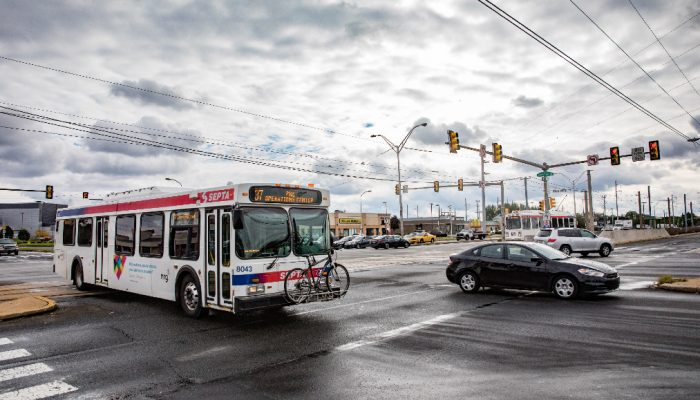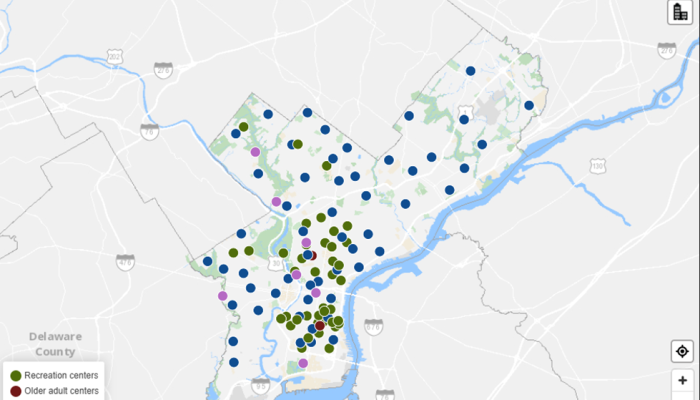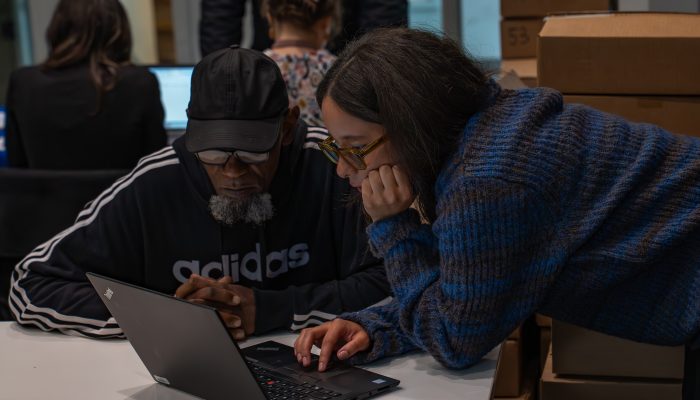Blog post by Joanna Hecht, SmartCityPHL Pitch and Pilot Fellow
As part of the SEPTA for All Challenge, the SmartCityPHL issued a survey for people with disabilities who ride SEPTA. The SEPTA for All survey asked respondents about their experiences with public transit. The survey received over 4,000 responses from around the world.
Regardless of geography, responses included important insights about public transit. We hope the survey results help innovators better understand what solutions are needed for residents. How can augmented reality improve the experience of public transit for people with disabilities?
We reviewed some high-level takeaways at the SEPTA for All kickoff event. Since then, we took a deeper dive into results and looked into:
- demographics;
- reasons for choosing modes of travel; and
- common issues faced by people with disabilities while using public transit.
Demographics
The survey asked respondents to self-identify their race. We found that:
- 79% were white or Caucasian;
- 11% were Black or African-American;
- 6% were Latino or Hispanic;
- 2% were Asian or Asian-American;
- 2% were Native American;
- 1% identified as multiple races; and
- 41% of respondents did not share their race.
When it came to age, we found that:
- 55% were between the ages of 25 and 44
- 14% were under the age of 24
- 5% were between the ages of 45 and 64
- Less than 1% were 65 or older
About the travel options
We asked survey respondents to identify the most and least convenient modes of transportation. For all respondents, the least convenient modes were:
- Walking
- Bicycle
- Bus
The most convenient modes were:
- Taxi or rideshare
- Bus
- Driving a car
We also looked at these responses based on whether or not people self-identified as having a disability. Overall, the results were similar. However, respondents who said they don’t have a disability put buses in the “least convenient” category more often than respondents who said they do.
Survey respondents shared some reasons why they preferred certain modes of travel over others. The top three reasons for identifying modes of travel as “least convenient” among respondents with disabilities were:
- Physical or health barriers that make certain modes of travel difficult or impossible
- Time, including waiting time or the speed of the mode
- Distance, including from their home to the mode of travel or from their home to their destination.
Time and distance were the factors most commonly identified by respondents without disabilities.
Respondents who said they had a disability listed many other reasons for transportation modes to be less convenient. Some commonly cited factors in making public transit modes being less convenient included:
- Crowds;
- Communication challenges; and/or
- Infrastructure or vehicles unable to accommodate them.
Common issues
Common issues faced by respondents with disabilities when riding public transit include:
- Finding a seat on a crowded vehicle, especially when it is already moving;
- Communicating with vehicle operators;
- Getting information while traveling, such as detours, delays, and service changes;
- Knowing whether automated messages announcing stops or other information is actually accurate;
- Needing more time than other passengers to board, disembark, or travel through a station;
- Needing complex considerations around transfers, such as station wait times, amount of walking, and availability of seating;
- Struggling to travel the distance required to the station or stop;
- Lacking the ability to purchase special fares online or load cards at all transit stops
- Lack of functioning elevators at stations; and
- Difficulty with scheduling and timeliness of CCT (paratransit) service.
We are grateful for the wealth of information and perspectives shared with us by those who completed the survey. We encourage applicants to the SEPTA for All challenge to take them into account when formulating ideas!




